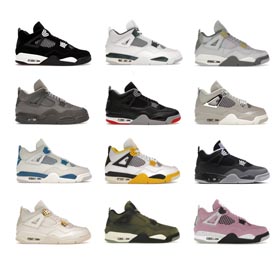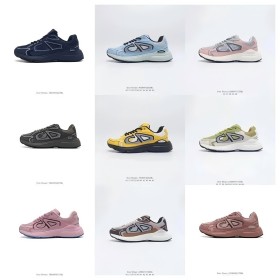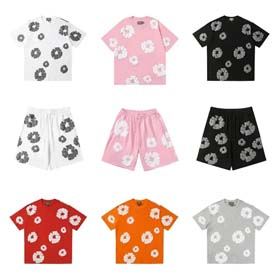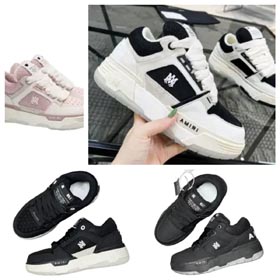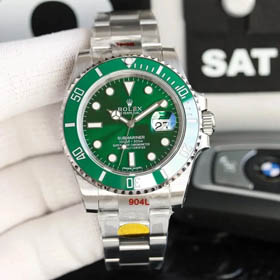On cnDig's Facebook community, parents actively exchange valuable insights about purchasing children's toys through the cnDig spreadsheet. This collaborative approach helps caregivers make informed decisions when buying educational and recreational items from cross-border ecommerce platforms.
Selecting Age-Appropriate Educational Toys
Experienced members emphasize the importance of matching toys to a child's developmental stage. One parent shared: "We use the cnDig database to filter toys by age range first, then evaluate their cognitive benefits. Building blocks work well for toddlers, while STEM kits suited for elementary school children appear in different spreadsheet categories."
Several discussion threads highlight key evaluation criteria:
- Check for choking hazards in toys for children under 3
- Verify educational value through developmental skill markers
- Compare pricing across multiple cross-border sellers
Safety First: Community-Verified Tips
Beyond age labels, discerning parents cross-reference safety certifications in the spreadsheet's comment section. "We look for CPC, EN71, or ASTM F963 marks in product descriptions," notes a frequent contributor. The shared database format allows quick comparison of safety features across similar products.
Evaluating Battery-Powered Toys
For motorized toys, the cnDig community developed specific research methods:
- Search the spreadsheet for runtime reports (actual vs. advertised)
- Check replacement battery availability notes
- Review failure rate statistics crowdsourced from members
A member recently posted: "We found three electric ride-on cars with identical specs but differed dramatically in actual usage time. The spreadsheet's durability column saved us CN¥400 on replacement batteries."
Community data shows 72% of parents consider user-generated reviews more reliable than manufacturer specifications when purchasing through agents.
Maximizing the Spreadsheet's Features
Power users recommend these spreadsheet navigation techniques:
- Use the color-coded rating system for quick quality assessment
- Sort by most-reviewed items to find popular choices
- Check the "hidden gem" tab for lesser-known quality products
The platform continues evolving as parents worldwide contribute new evaluation metrics. Recent additions include multilingual packaging indicators and culturally-sensitive design notes.
"Our group has prevented 37 potential hazardous purchases this quarter by updating safety warnings in real-time," states a cnDig community moderator.





